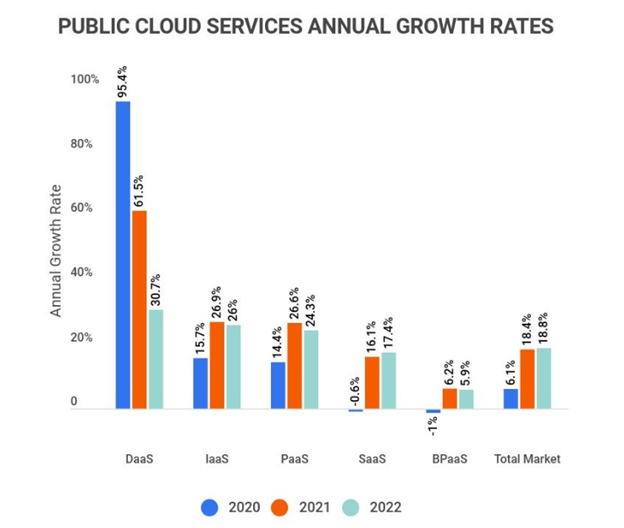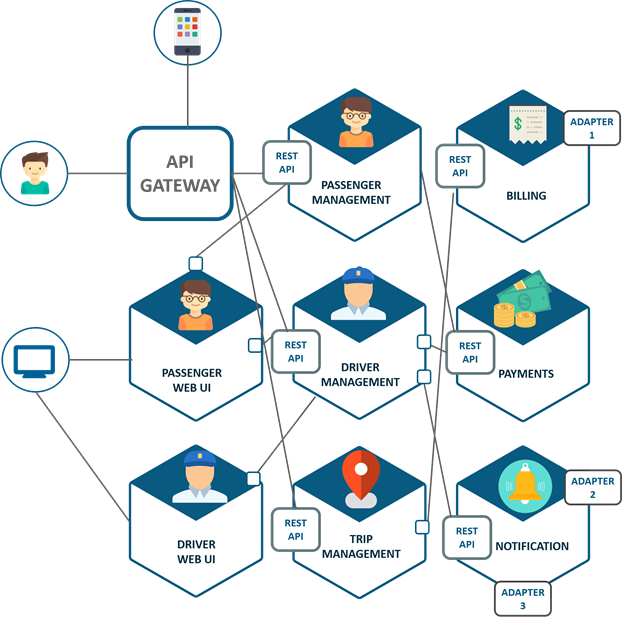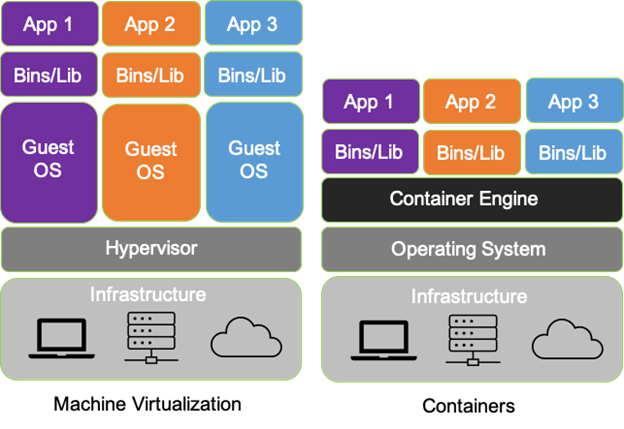Almost every business, big and small, uses some form of cloud storage. It has been reported that the proportion of businesses using purely on-cloud storage is expected to increase to almost 61% by 2025.
The cloud has endless benefits, such as growth scalability and ease of use if done effectively.
The importance of cloud observability is the focal point for today’s discussion on how the cloud can be a game changer for your organization’s success.
We will highlight how new monitoring solutions can help retailers and provide tips to improve online sales.
E-commerce and Cloud Observability- An Overview
The online retail industry is a 5 trillion dollar market (twice the size of the global financial services industry), with e-commerce sales growing by over 15% annually.
With such rapid growth, it’s no surprise that many focus on optimizing their cloud infrastructure to support an e-commerce store and all its eventual traffic spikes.

For example, the average conversion rate for a Shopify store is 1.4%.
To fortify your overall conversion rates, you must pinpoint what’s not working to leverage observability into other aspects of your stack.
To keep up with the growth necessary to compete in today’s retail environment, e-commerce businesses must transition to the cloud. And to manage their clouds effectively, they must use cloud observability.
Otherwise, they risk leaving themselves open to costly and harmful issues to their long-term success. E-commerce is a quickly expanding field that needs to maintain the proper balance of monitoring and observability.
Why is Cloud Observability Even Necessary for E-commerce Companies?
Cloud observability refers to the ability to observe and monitor cloud infrastructure-centric environments at scale with high fidelity.
It’s about more than just monitoring — it’s about having complete visibility into how an application or infrastructure performs in real-time, how it behaves when it’s unhealthy and how it interacts with other components in its environment.
This understanding can help businesses find issues quickly and solve them before they impact customers or business operations.
Whether you’re an e-commerce business or a cloud provider, understanding your application and its performance is crucial.
The ability to monitor and analyze metrics relating to your application’s health, performance and availability allows you to make informed decisions about how best to run and manage your business.
For cloud observability to be effective, these metrics must be delivered in a way that allows users to interpret and understand them easily. Therefore, companies must adopt a cloud observability tool that is easy to use and understand.
How Can You Achieve Efficient Cloud Observability for Your Growing Business?
Cloud observability tools provide visibility into your cloud environment so that you can monitor its performance and cloud security and troubleshoot issues when they occur.
Cloud providers offer some essential monitoring and logging tools that help you track resource usage and detect potential problems. However, these tools must provide more detail for effective troubleshooting or capacity planning.

A cloud observability strategy should include three key components:
1. The widespread adoption of a common monitoring and logging framework allows you to collect and store data from all your services and applications.
This is important because it will enable you to collect, analyze and correlate metrics from different sources and use them for various purposes.
2. An effective alerting and notification system that alerts you immediately when something goes wrong so you can take action before it becomes a bigger problem.
The goal is to have an automated system that monitors your systems and makes an effort to correct the root cause of any issue automatically
.3. A way to ensure your team has access to all the information they need to make better decisions about managing your infrastructure and application performance — whether they’re making changes manually or using self-service tools.
Balancing Complexity with Observability
Cloud computing has fundamentally changed the way we build and operate software. It’s enabled organizations to scale quickly and cost-effectively, but it’s also made it more difficult to understand what’s happening in our systems.
This complexity makes it essential for software engineers to adopt a new approach to observability — one that’s more granular, real-time, and easier to use than ever before.
One of the most critical factors in cloud observability is balancing complexity with observability.
Cloud observability allows you to monitor cloud-based applications such as cloud-based software for industrial security cameras, as they run on a large scale. But at the same time, you have to make sure that the tooling you select does not become too complex to use or support.
1. Tracing
Tracing refers to collecting information about events through an application or system.
This information can include timestamps, request parameters, context data and other relevant information that helps developers debug issues in production systems or monitor performance over time.
Tracing doesn’t require changes to application code or configuration — it simply collects information on calls as they happen, regardless of where they occur in the stack.
This is why data management of the information collected is quite important.
2. Microservices

Cloud observability tools need to support microservices architectures and their dynamic nature.
Microservices are an approach where individual services are responsible for specific tasks, allowing greater flexibility when coding and deploying changes across your systems.
With microservices, each service can be monitored independently, so you can quickly determine how well each performs.
3. Distributed Nature of Applications
We are witnessing a shift in software engineering from monolithic to distributed architectures.
Distributed systems are more complex than their centralized counterparts because they consist of many moving parts that interact with each other in unexpected ways.
Cloud observability tools were created to solve problems like debugging and troubleshooting distributed systems by providing a holistic view of the behavior of complex applications running in the cloud.
4. Composition Of Applications
As applications become more complex, tracking their behavior and performance becomes increasingly difficult.
The complexity can be attributed to many factors: many users, multiple databases (both local and remote), various services running on different machines etc.
In addition, there may also be multiple versions of your application running at any given time (i.e., staging vs production).
Observability provides visibility into various aspects of your application, such as user experience (UX), performance, availability etc. It helps us understand what happens behind the scenes while an end-user interacts.
5. Tackling Monitoring Challenges
Bleeding-edge technologies like serverless computing and containerization add even more moving parts to the mix, making it even more challenging for teams to keep track of what’s happening on their systems.
Monitoring tools must integrate with different types of technologies and protocols used across different layers of an application stack.
Without observability tools, it’s hard to know where problems occur or which services are affected when they arise. You can zero in on any issues and resolve them immediately with them.
Wrapping Up

If you’re like most e-commerce merchants, your business is a data-driven one. Today’s e-commerce landscape demands that you identify and learn from every single piece of data possible.
In essence, you have to be able to translate this into actionable insights that guide your future data-driven marketing strategies.
It’s no longer good enough to operate on gut feel or hunches when planning your marketing moves. Remember, e-commerce is a numbers game—it’s all in the data.
This is why you need an excellent cloud partner to handle your cloud observability needs, irrespective of your ecommerce platform.
As you analyze your performance and make a case for a trustworthy cloud-based managed platform, focus on what’s important. Don’t get distracted by numbers. See the bigger picture of your business and its future, then plan accordingly.




